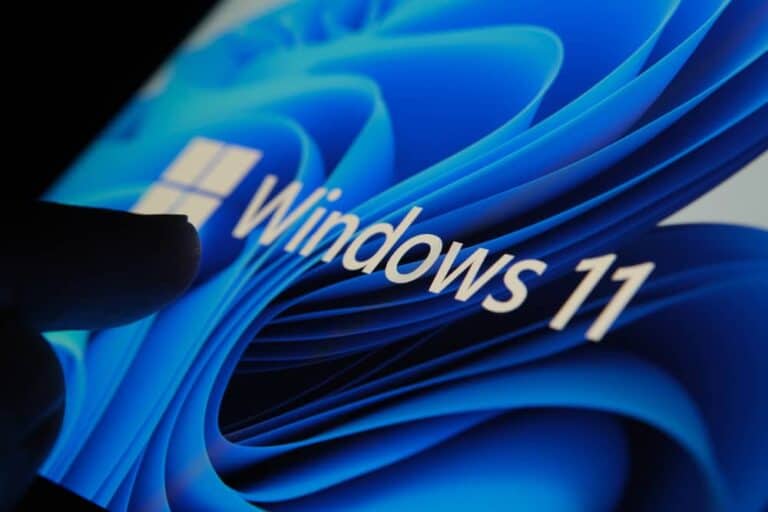All apps, drivers, and system components should be able to be updated with a single button. That is the goal of Microsoft’s orchestration platform for updates. The solution builds on the existing Windows Update.
The new platform is currently in private preview for developers and IT teams. They can register their updates via Windows Runtime (WinRT) APIs or PowerShell commands after contacting unifiedorchestrator@service.microsoft.com.
Automated scheduling
After registering as an update provider, the orchestration platform regularly runs a scan tool that is provided during registration. This tool detects pending updates and places downloads and installations in a queue at optimal times. The system takes into account CPU and bandwidth spikes, user activity, power status, and network conditions.
The new model also handles restart requirements, notification deadlines, and rescheduling failed operations. This eliminates the need for developers to build their own scheduling or logging solutions. Microsoft aims to address the complex update challenges that are particularly prevalent during the transition from Windows 10 to Windows 11.
Consistent experience
“Updates within the Windows ecosystem can feel like a fragmented experience,” Microsoft explains. The company is therefore building an integrated, intelligent update orchestration system that can support any type of update. The platform currently supports applications packaged as MSIX, APPX, or traditional Win32 installers.
Advantages of the new system include a consistent notification experience via native Windows Update dialogs and centralized app update history in the Settings app. This history is displayed alongside official Windows updates.
Expanded management options
The new initiative is in addition to Microsoft’s existing Winget Windows package manager and Microsoft Store. Third-party package managers such as Chocolatey and Scoop will also remain available for installing and updating applications on Windows systems.
The orchestrator coordinates between all registered products that are updated on Windows 11, in addition to Windows Update itself. This should provide IT administrators and users with a more consistent management portal and user experience.
